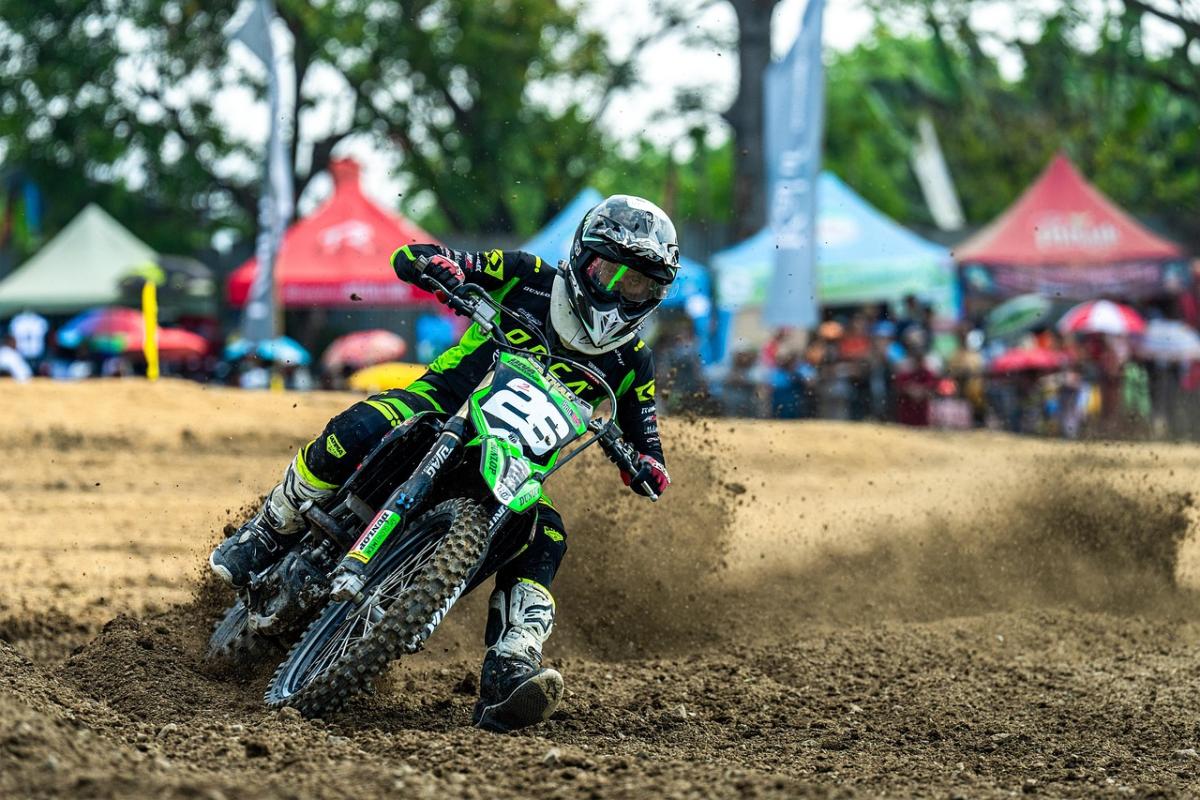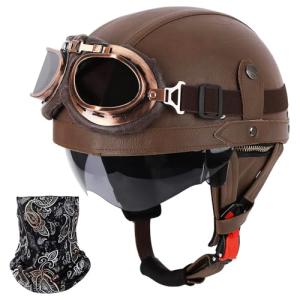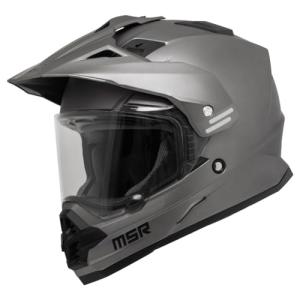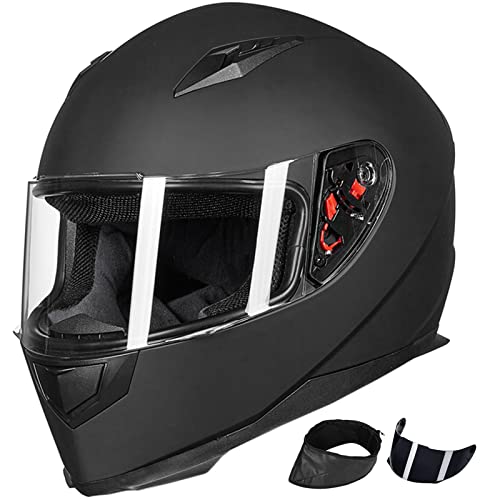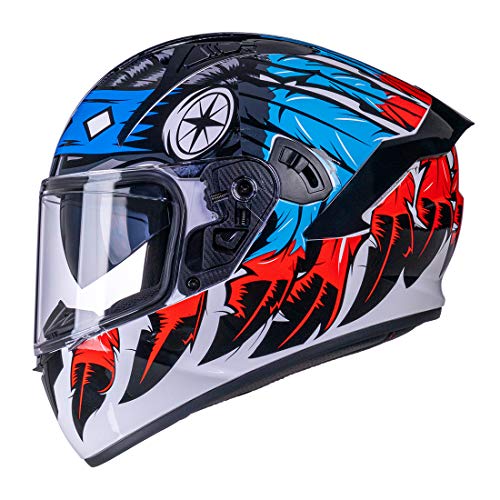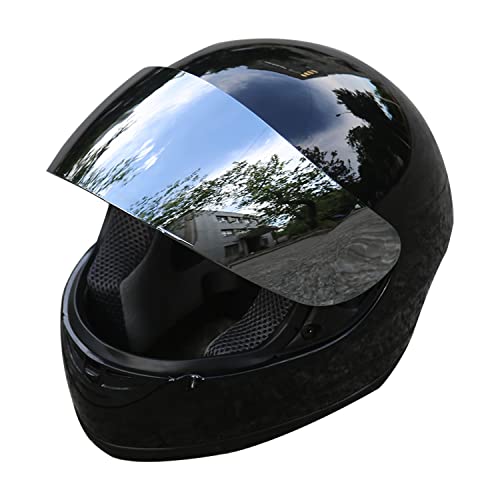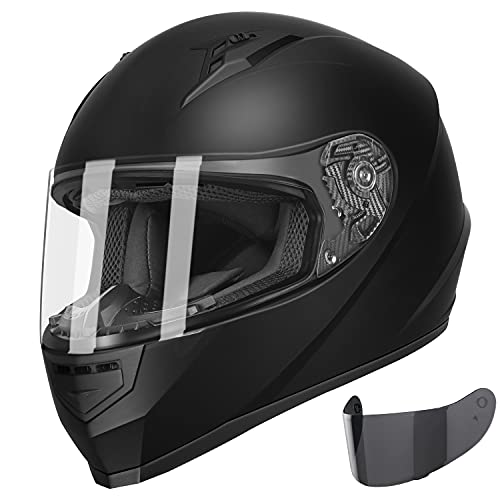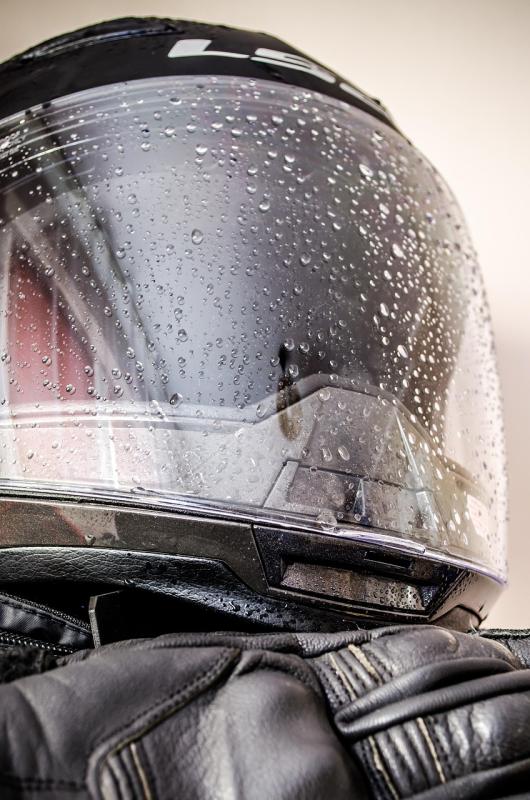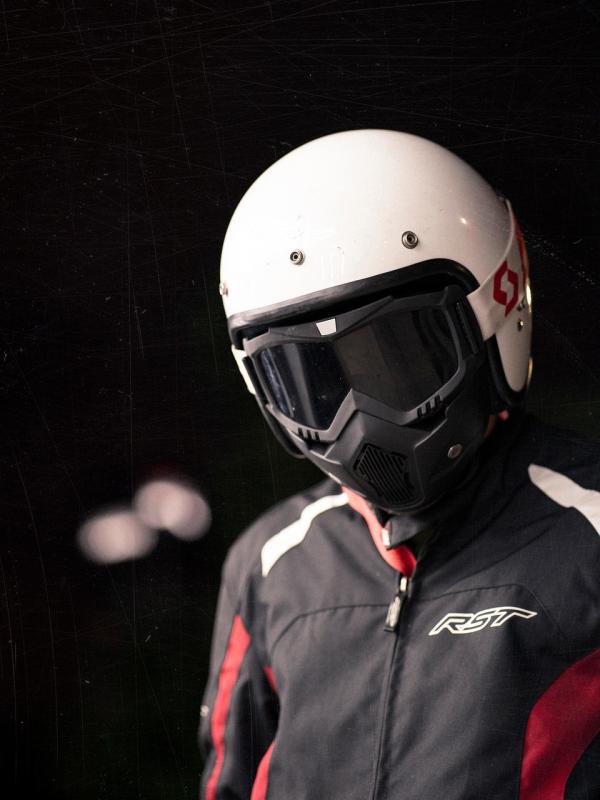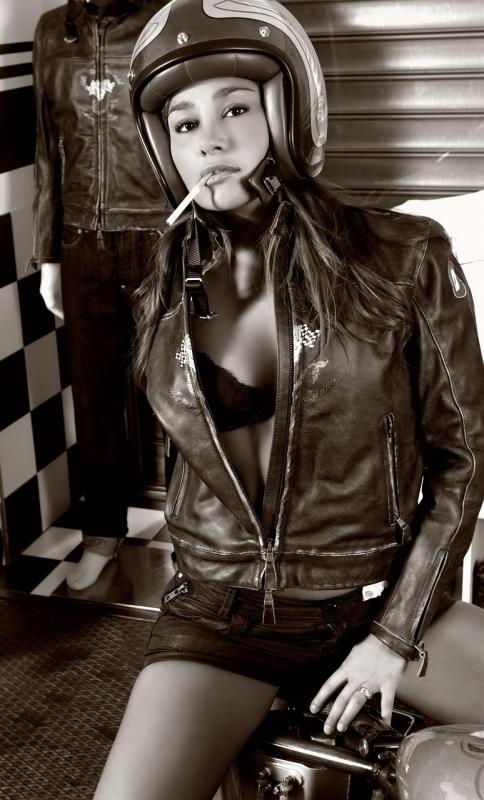When diving into the world of motorcycle helmets, it's easy to get overwhelmed by all the options out there. This handy Motorcycle Helmet Buying Guide will help you focus on the key features that make a helmet not just cool, but safe and comfortable too.
First things first: safety ratings. Look for helmets that meet the safety standards set by the DOT or Snell. These ratings mean the helmet has passed tough tests for impact protection. You want a lid that can take a hit and keep your noggin safe!
Next up is fit and comfort. A helmet should fit snugly but not be uncomfortable. Check for different sizes and shapes, since everyone's head is unique. Also, consider trying on a few! Many brands offer removable padding, which can be a game-changer for finding that perfect snug fit.
Don’t forget ventilation! Riding with a hot, stuffy helmet is a recipe for distraction. Look for models with multiple air vents that you can easily open or close. This keeps you cool on those long rides and allows for airflow without feeling like you’re in a wind tunnel.
Finally, check the weight of the helmet. A lighter helmet means less strain on your neck during long rides. But remember, lighter doesn't always mean less protection, so find a good balance between weight and safety features. Keep these key points in mind as you browse through your options, and you'll be ready to choose the perfect helmet for your adventures.
Different Types of Motorcycle Helmets Explained
When you're diving into the world of motorcycle helmets, it helps to know what’s out there. Not all helmets are created equal, and the type you choose can really impact your ride, comfort, and safety. Here’s a quick breakdown of the different types of helmets you’ll come across in your Motorcycle Helmet Buying Guide.
Full-Face Helmets are the go-to choice for many riders who prioritize safety and protection. These helmets cover your entire head, face, and neck, providing maximum coverage during a crash. Plus, they often come with a shield to keep wind, bugs, and debris out of your face. If you're hitting the highway or going long distances, this is a solid choice.
Open-Face Helmets offer a more relaxed feel. They cover the top, back, and sides of your head but leave your face open, which can be great for more casual rides. Since you get more airflow and visibility, many riders enjoy the freedom they offer, even though they sacrifice some protection in the process.
Then there's the Half Helmet. This one sits right on top of your head and gives minimal coverage, just like the name suggests. While they’re super lightweight and let you feel the wind on your face, they don’t provide the same level of protection as the other types. If you're just cruising around or riding at lower speeds, this might work for you.
Lastly, check out Modular Helmets. These are like a mix of full-face and open-face helmets. You can flip up the chin bar, transforming it to an open-face style when you want more ventilation. They’re versatile, which makes them a popular choice for riders who want protection without feeling too confined.
Retro German Style Half Helmet with Goggles
Experience the classic look and ultimate comfort for your rides with this stylish half helmet and goggles combo
Product information
$59.99
Product Review Score
4.84 out of 5 stars
222 reviewsProduct links
How to Find the Right Fit
Getting the right fit for your helmet can make all the difference when you're out on the road. A helmet that fits well will keep you comfortable and protected, while a poorly fitting one can be a distraction and even unsafe. This section of our Motorcycle Helmet Buying Guide is all about finding that perfect fit.
First off, measure your head. Grab a soft measuring tape and wrap it around your head, just above your eyebrows. Make sure it’s snug but not too tight. Take that measurement in inches or centimeters, and you’ll have a good starting point for choosing the right size. Different brands may have slight variations in sizing, so always check the specific sizing chart for the helmet you’re interested in.
Next, try the helmet on. When you put it on, it should sit level on your head without wobbling. A good helmet won’t feel uncomfortable but might feel snug. Make sure to check these areas:
Finally, don’t forget about the chin strap. It should be secure but not choking you. Once fastened, you shouldn’t be able to pull the helmet off easily without releasing the strap. If it’s too loose, it won’t protect you properly. By following these tips from our Motorcycle Helmet Buying Guide, you’ll be well on your way to finding a helmet that fits just right for your rides.
MSR Xpedition MIPS Adventure Helmet - Large Orange
Stay safe and ride in style with this sleek orange helmet designed for your next adventure
Product information
$179.99 $169.92
Product Review Score
4.41 out of 5 stars
131 reviewsProduct links
Safety Ratings and What They Mean
When it comes to choosing the right helmet, understanding safety ratings is super important. You want to make sure you're getting something that actually protects you. So, let's break down what those ratings mean in this Motorcycle Helmet Buying Guide.
Most helmets will feature one or more safety certifications. The most common ones in the U.S. are DOT (Department of Transportation) and Snell. A DOT rating means the helmet meets basic safety standards for protection. Snell, on the other hand, is a higher standard and includes more rigorous testing. If you see a helmet with both ratings, that’s a solid choice.
Then there's ECE, which stands for Economic Commission for Europe. This rating is used widely in Europe and shows that the helmet has passed safety tests similar to DOT and Snell. It's important to know that some helmets may have only one certification, so always check for at least DOT if you're in the States.
Another thing to consider is how helmets are tested for impact. They usually go through a series of drop tests, simulating crashes to see how well they absorb shock. Helmets with better ratings usually handle impact better and have stronger shells.
Lastly, remember that the fit matters just as much as the rating. A well-fitted helmet is going to do its job better than one that’s loose. So when you dive into this Motorcycle Helmet Buying Guide, make sure you're looking at both safety ratings and how the helmet fits you. It’s all about keeping safe while you ride!
